
Flight disruptions caused by a sudden airspace closure over key Middle Eastern countries have been resolved as Qatar, the United Arab Emirates, Kuwait, and Bahrain lifted restrictions and reopened their skies for commercial flights from 3 a.m. Bangladesh time on June 24, 2025, according to a press release from Dhaka airport authorities.
The closure was triggered by a missile strike on a US military base in Doha on the night of June 23, prompting an immediate shutdown of airspace "until further notice" by Qatar and neighboring countries. This unexpected move forced several flights from Dhaka to divert mid-air. Notably, Biman Bangladesh Airlines flight BG-325 was rerouted to Muscat, Oman, where it made an emergency landing for refueling before returning to Dhaka. Similarly, US-Bangla Airlines flight BS-333 was diverted to Ahmedabad, India, after being near Jamnagar.
The airspace closure disrupted numerous scheduled flights on June 23, including multiple services to Sharjah, Dubai, Kuwait, and Doha operated by airlines such as Air Arabia, Emirates, Jazeera Airways, Qatar Airways, Biman Bangladesh, and US-Bangla. However, these flights have now gradually resumed according to revised schedules.
Hazrat Shahjalal International Airport’s Executive Director, Group Captain Ragib Samad, urged passengers traveling on these routes to urgently contact their airlines or travel agents to confirm updated flight times and make necessary arrangements. He also thanked passengers for their patience and assured that any further updates would be communicated promptly.
Flight operations at Chattogram’s Shah Amanat International Airport have also returned to normal as of the morning of June 24. Although Biman Bangladesh Airlines’ BG127 Dhaka-Chattogram-Abu Dhabi flight was canceled on June 23, other scheduled international flights to Middle Eastern destinations departed on time.
Airlines including Biman Bangladesh, US-Bangla, Salam Air, and Air Arabia are currently operating 11 to 18 daily flights from Shah Amanat Airport as per regular schedules.
This incident highlights the vulnerability of air travel in the region amid ongoing geopolitical tensions. Aviation experts note that such airspace closures cause significant disruptions, increased operational costs, and ripple effects across global flight networks, especially in a region that serves as a major transit hub between Europe and Asia.
Authorities have expressed regret over the inconvenience caused and urged travelers to stay alert for further updates as the situation stabilizes.











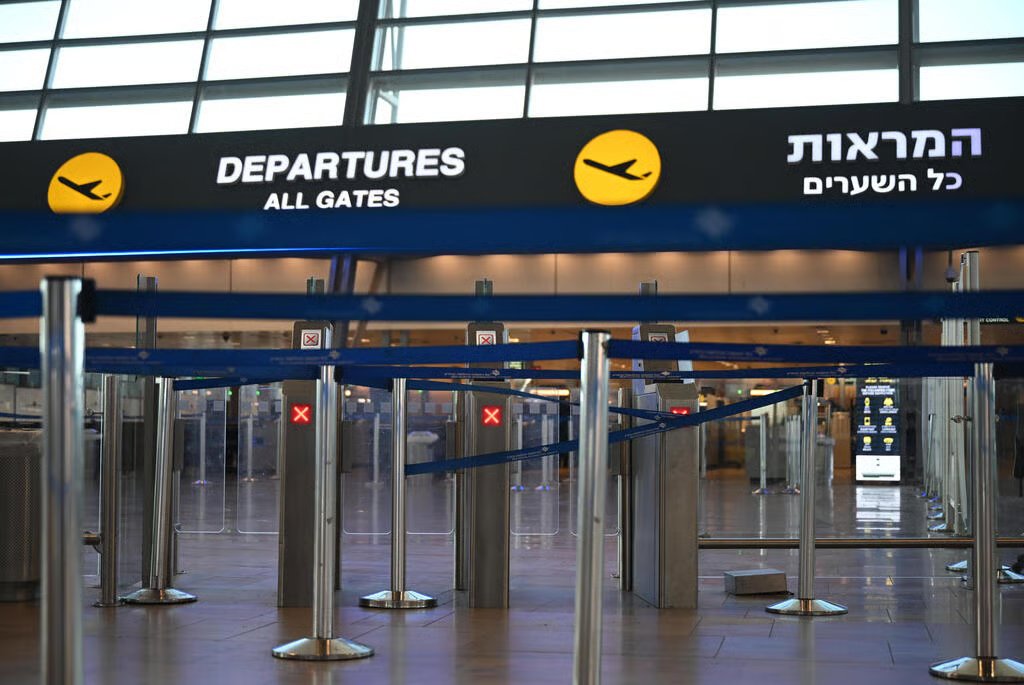
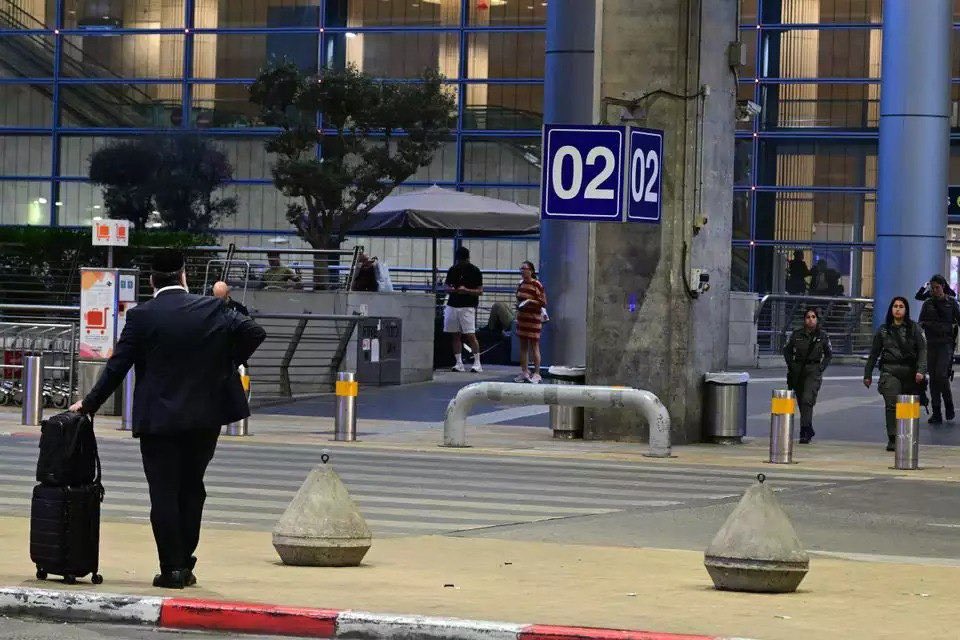
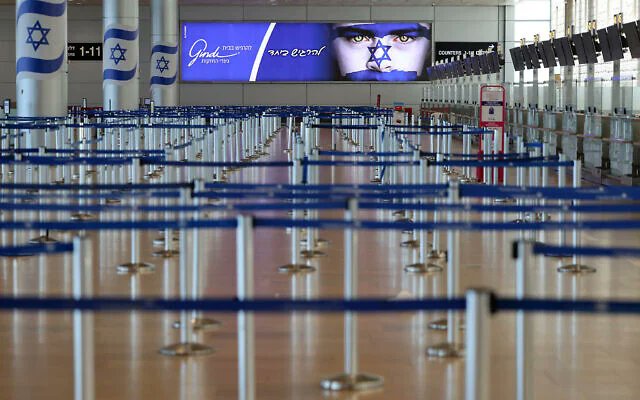
.png)





.jpg)


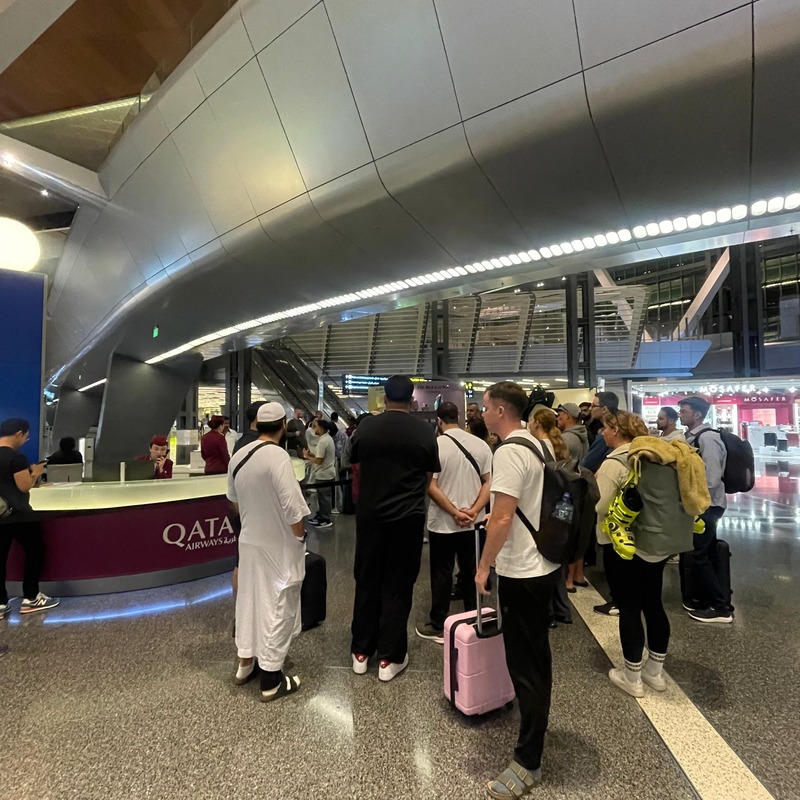
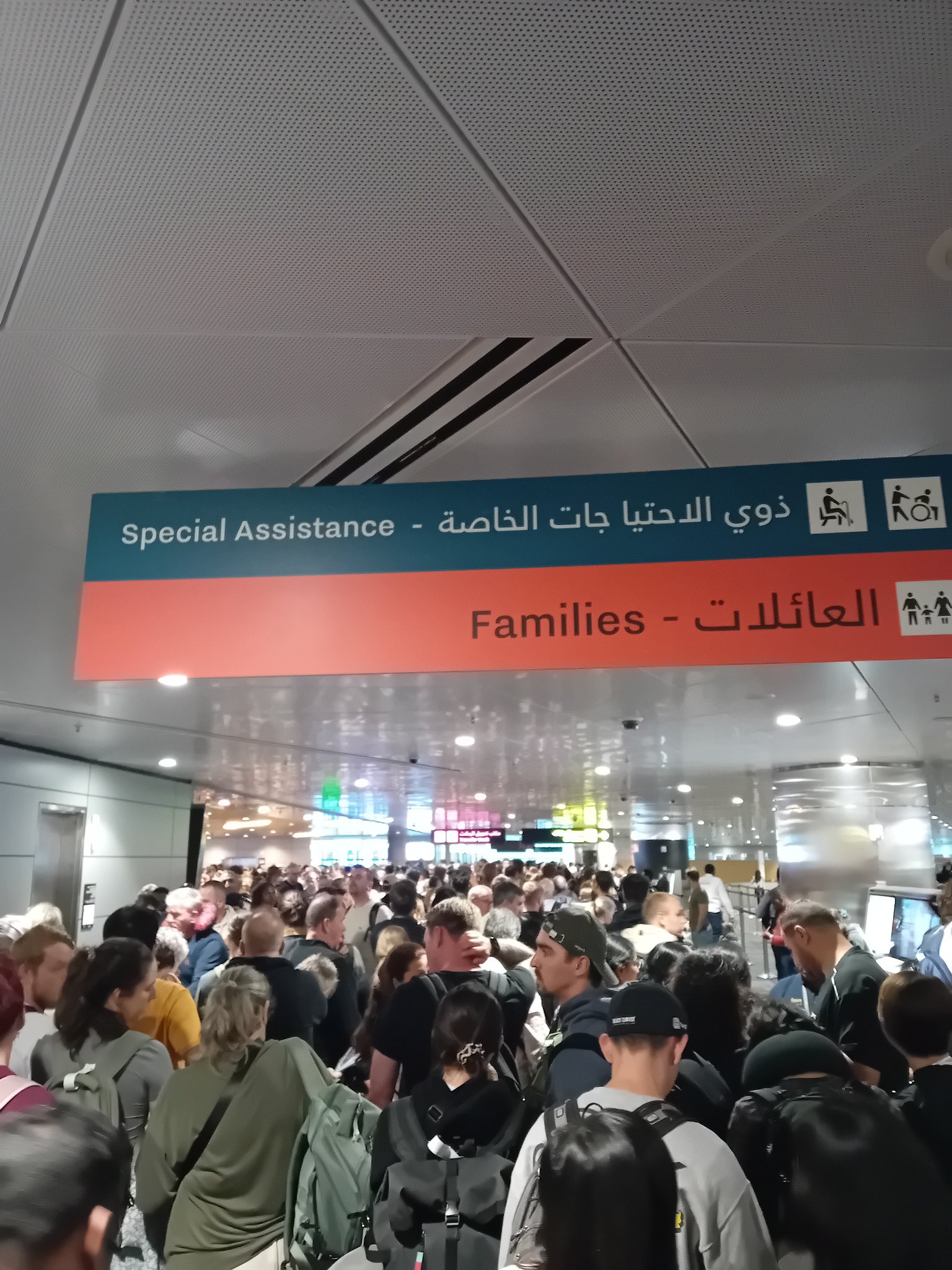






























.png)







